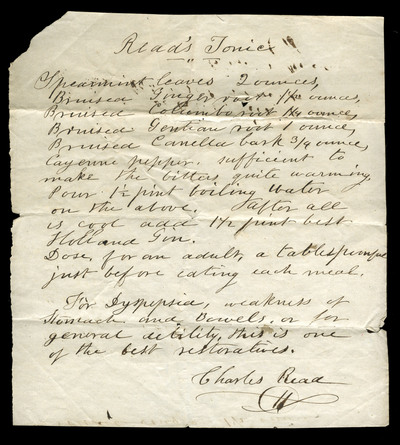In the late 18th century, politicians like Thomas Jefferson called for the creation of a secular educational system and by the 1790s a half-dozen states had developed provisions for educating children. It was not until fifty years later, however, that pressure from education reformers resulted in the creation of a system known as common schooling. Common schools were funded by local taxes and traditionally accepted children regardless of economic standing, though most did exclude non-Caucasians. The goal of the common school program was to teach students basic math, science, reading, and writing. In the early 1850s, many states further formalized the education process through laws enforcing mandatory school attendance. As education became increasingly structured and widespread, literacy rates among the nation's poorest increased dramatically and non-academics began both reading and producing written works at an unprecedented rate.1
The advent of widespread literacy allowed individuals who were traditionally alienated from intellectual culture to both create and consume written material. A body of practical texts, most of which remained unpublished, resulted from this phenomenon. Journals and diaries, correspondence, financial documents, and other ephemera began to appear from a class that had been vastly underrepresented in the historical record. Eventually, other groups including Native Americans and African Americans began to receive education, both formal and informal, and were further able to contribute to the growing body of work originating in the United States.
Notes
- Cremin, Lawrence. American Education: The National Experience, 1783-1876 (New York, NY: Harper, 1980). Return to text ↑
![Letter from O. B. Ranikey [?] to Uncle. Letter from O. B. Ranikey [?] to Uncle.](https://scarc.library.oregonstate.edu/omeka/files/fullsize/538183295fe964b28e92a90fc4c8761a.jpg)
Letter from nephew to uncle. 1883. More images here

